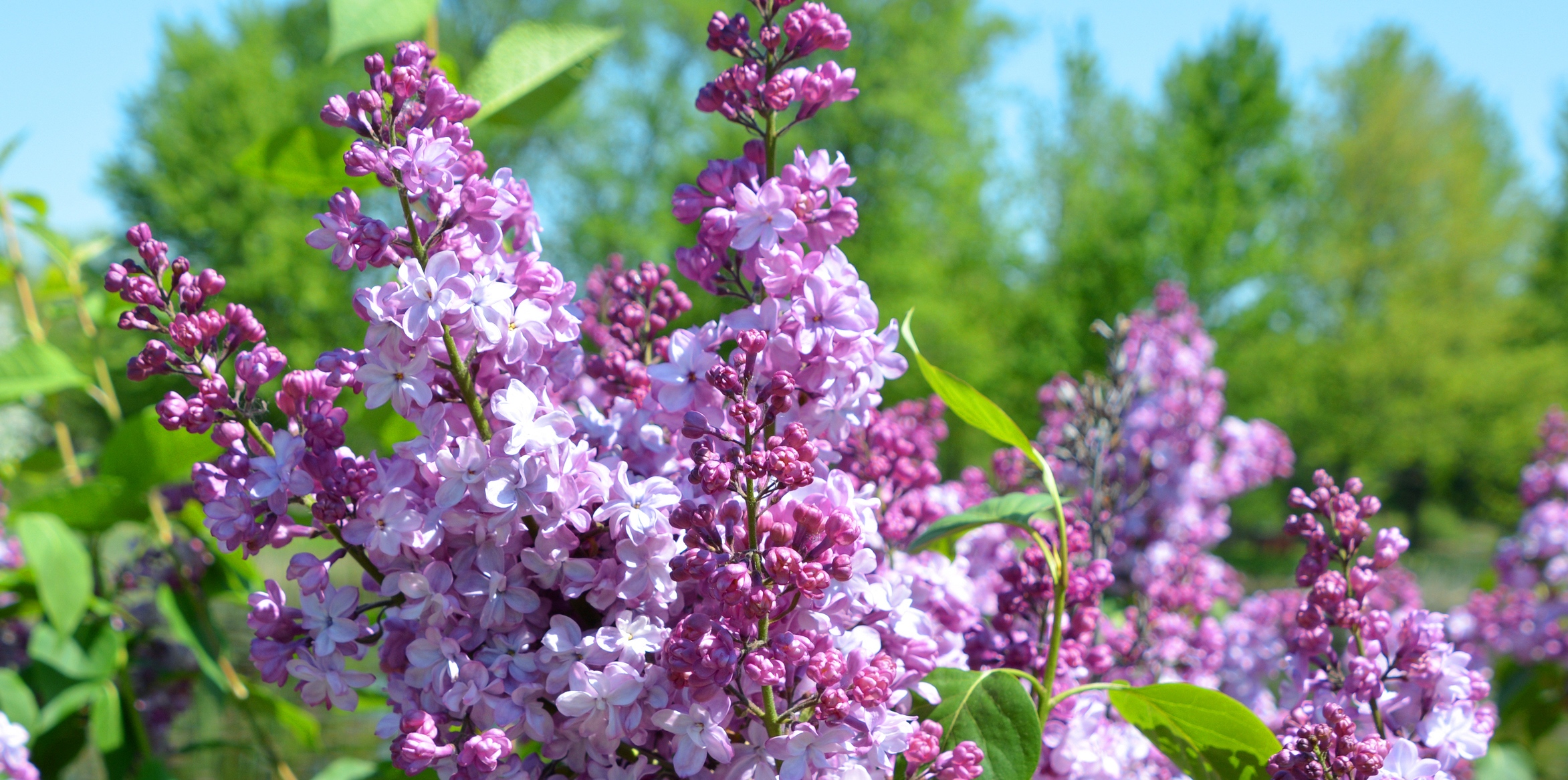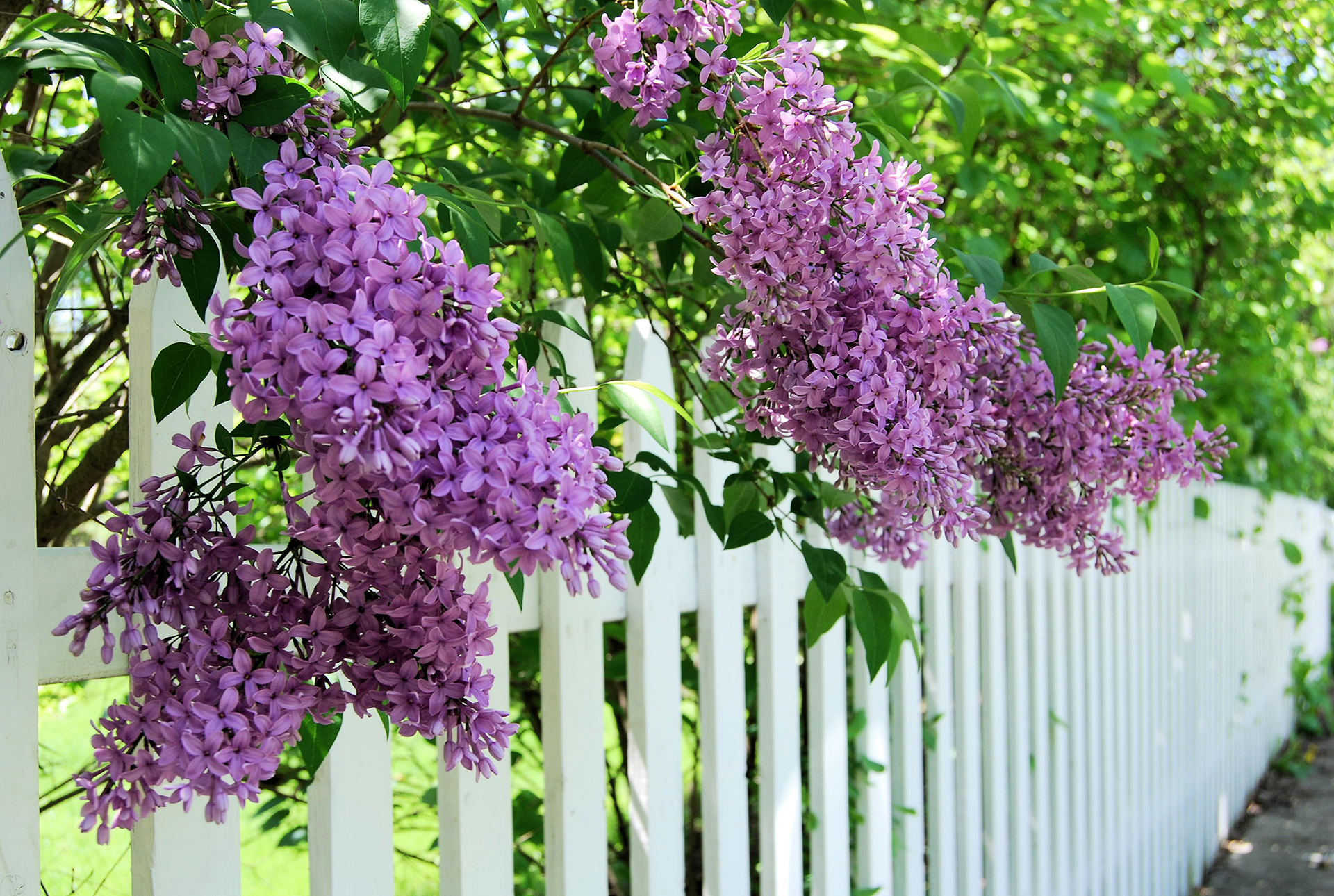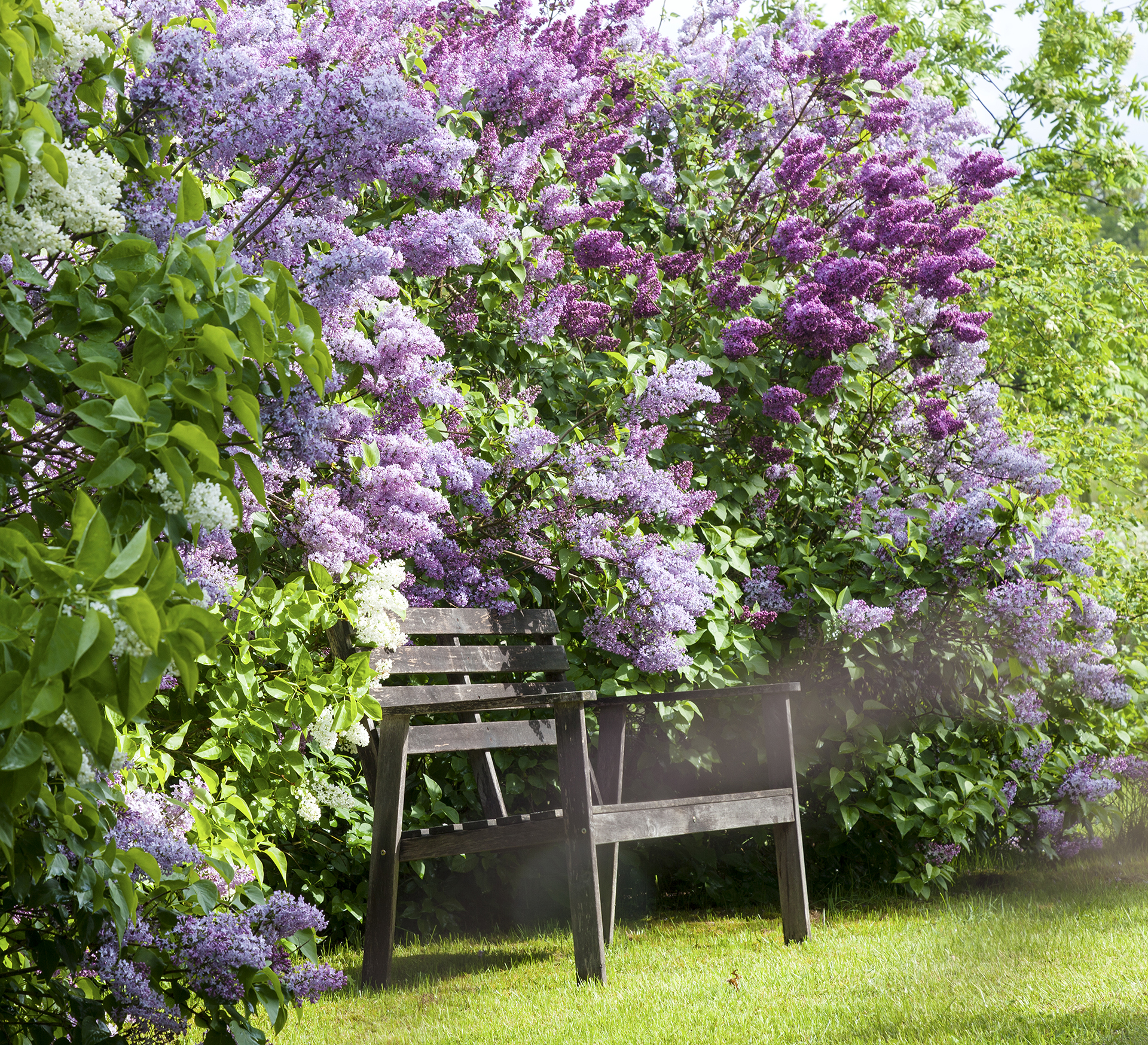When to prune lilacs – to maximize flowering
Discover when to prune lilacs to keep these fragrant beauties blooming for months on end


Knowing when to prune lilacs is vital, as if you do it at the wrong time you could lose a whole year of glorious scented flowers.
Timing isn’t the only factor – you also need to know how to prune lilac the right way to ensure that your shrub or tree flowers reliably and remains a star of your flower bed ideas.
'The sweet scent of lilac blooms signals that spring is finally here to stay. By pruning lilac at the proper time, you’ll avoid missing out on that festive display of flowers next spring,' says Bloomscape's gardening expert Lindsay Pangborn.
The good news is that the plants don’t necessarily need a lot of pruning. If left to their own devices, old-fashioned lilacs can get out of control, with bushes reaching around 15 feet and tree varieties growing up to heights of 25 feet. However, many newer varieties are much more compact.
‘Many of the newer varieties of lilacs are smaller, making them perfect for urban gardens and needing less pruning,’ says Gail Pabst from the National Garden Bureau. ‘There are also reblooming lilacs that bloom again in summer/fall.’

When to prune lilacs – expert guide
Learning when to prune lilacs isn't just about the time of year – you also need to take into account the plant's development. Lilacs don’t usually need pruning in their first two or three years, so wait until the plant has matured and reaches heights of 6 feet.
‘Annual pruning is not necessary, but cutting off spent flower heads within a month after blooming helps the plant set more flowers for next year,’ says Pabst.
Design expertise in your inbox – from inspiring decorating ideas and beautiful celebrity homes to practical gardening advice and shopping round-ups.
Once the plants are mature, however, lilacs will benefit from an annual prune. The exception is if you have a dwarf variety, which needs more of a 'haircut' than a prune.
‘Prune lilacs after blossom and before seed production,’ says Stuart Mackenzie, horticulturist, arborist and expert at Trees.com. ‘They seem to respond well, and can recover easily, before going dormant.’
This occurs in the spring to summer. ‘If you miss the pruning window, you can prune later, but you will lose blossoms,’ adds Mackenzie.
Be wary of pruning your lilac in hot weather. 'Generally, pruning during hot weather and periods of drought can cause stress on plants and should be avoided,' says Pangborn.
Propagating lilac can also be done around the same as your pruning.
What month do you prune lilac bushes?
'The best month to prune lilacs is usually late May or the first half of June – soon after they finish blooming,' says Pangborn. 'This timing ensures that you’re able to enjoy the full blooming period and prune plants before summer fully takes hold.
'For most areas of the US, the first half of June will be best, once the flowers have withered away. Those in more southern areas may be able to prune a little earlier, in late April.'
However, when to prune lilacs is more about when the plant is ready, rather than a strict timetable. Observe the plant, and wait until it has finished blooming before you make the cut.
Do not allow it to start developing fresh growth for next year, or you will sacrifice precious flowers. This will happen quite quickly after the flowers have faded, so keep an eye out.

Can I prune lilacs in the fall?
Avoid pruning lilacs in the fall. ‘Lilacs set their flower buds in the summer, and bloom on old wood. So if you prune in the fall, you will be cutting off the lilac buds for next year,’ says Pabst.
Doing this means you will dramatically reduce the amount of flowers you get.
When to hard prune lilacs
'If your lilac doesn’t bloom as much as it used to, or is too tall to enjoy the blooms, a rejuvenation pruning can be done,' says Pangborn. The best time to hard prune lilacs is in late winter.
'Cut all stems down to about one foot off the ground. New stems will emerge from the base of the plant and will bear blooms in 2-3 years.'
If you don't want to miss out on so many flowers, you can alternatively hard prune a third of the plant each year over three years.
‘Know your lilacs, and have a plan for pruning,’ adds Mackenzie. ‘Be sure you know whether the lilac is a graft or not, as you do not want to remove your desirable stock, through poor pruning. Do not impede on the branch collar.’
How far back can you cut lilacs?
Aim to keep your lilac to a height of around 6-8 feet to keep it under control and to ensure you can enjoy its flowers and fragrance. Do not remove more than a third of the plant’s stems, and aim to remove a balance of old and new stems.

Melanie has worked in homes and gardens media for two decades. Having previously served as Editor on Period Living magazine, and worked on Homes & Gardens, Gardening Etc, Real Homes, and Homebuilding & Renovating, she is now focusing on her passion for gardening as a Senior Editor at Gardening Know How. As a keen home grower, Melanie has experimented with pretty much every type of vegetable at some point – with mixed results. Often it is the simplest things that elude you, which may explain why she just can't seem to master zucchinis.